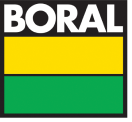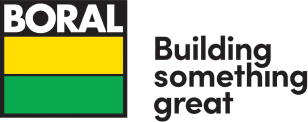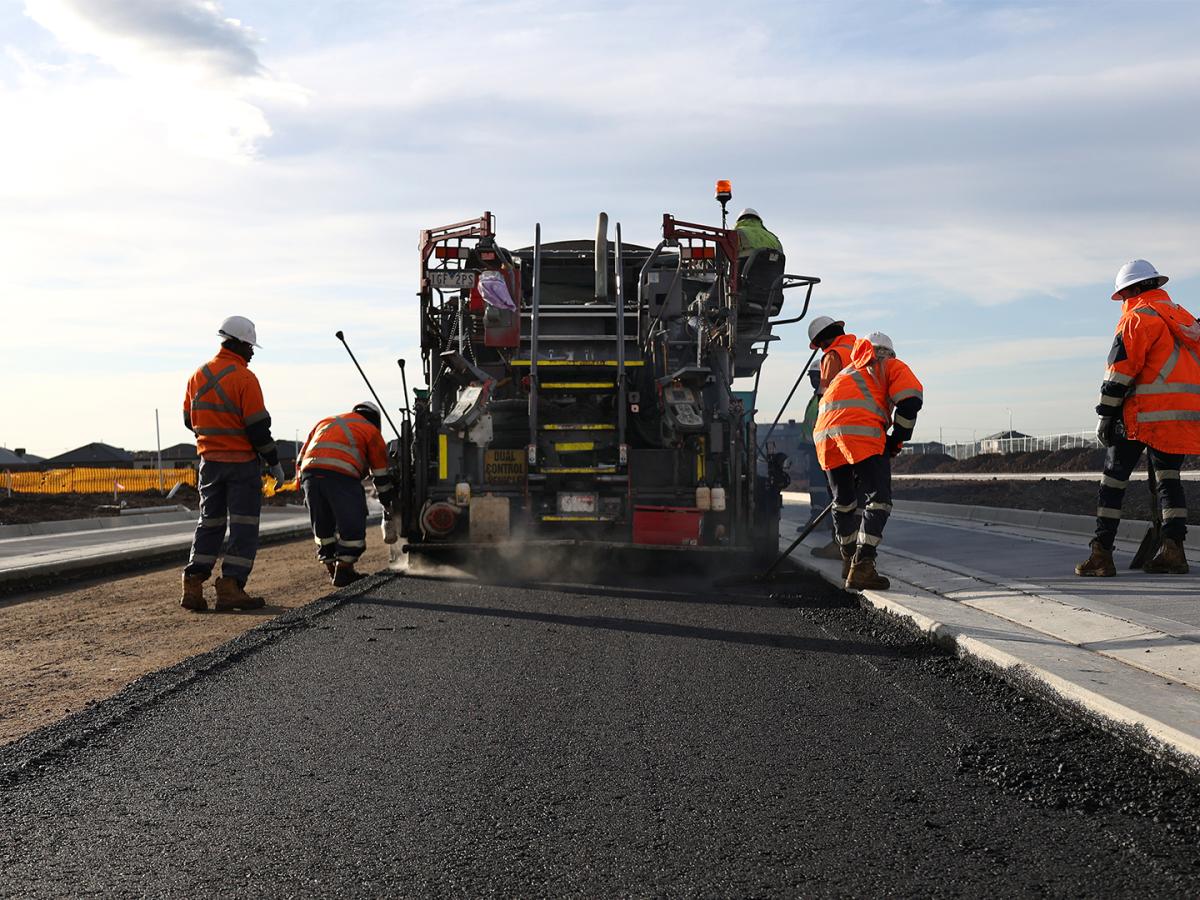This page explains how asphalt is installed across civil and commercial projects. It covers base construction, asphalt mix selection, paving and compaction, surface treatments, reopening times and quality controls. It also points to Boral products that suit common network scenarios across local roads, state corridors, intersections, car parks and airside works.
What are the key stages of an asphalt installation on roads and hardstands?
A typical build follows five stages. First, prepare the formation and drainage so the subgrade is stable and free draining. Second, construct and compact the base using the specified quarry aggregates. Third, apply a tack coat to promote bond to the next layer. Fourth, place asphalt with a paver and compact with rollers to achieve density and texture. Fifth, finish and open to traffic once the surface cools and passes checks. Boral delivers supply and contracting for these stages across Australia through its Asphalt business, which covers manufacturing, contracting and spray seal services with significant national capacity. You can link the overview from the main asphalt page for authority.
How do I choose the right asphalt mix for the job?
Match the mix to traffic, climate and performance needs. For general purpose surfacing and structural layers, Dense Graded Asphalt is commonly specified. Where high deformation resistance and durability are required, Stone Mastic Asphalt is often selected. For noise and spray reduction, Open Graded Asphalt and specialist thin surfacings may be preferred. Boral also offers specialty solutions, including LoNoise thin surfacing for tyre‑road noise reduction in urban areas, and high-performance mixes for airports.
What does Boral supply during installation besides asphalt?
Boral provides integrated services. That includes precision‑made hot mix asphalt, spray seal treatments where appropriate, emulsions and tack coats, and contracting teams for preparation, placement, testing and maintenance. The company can tailor mixes to project specification at largely automated plants around the country and can include recycled asphalt pavement where permitted by the spec.
When would I select spray seals instead of hot mix asphalt?
Spray seals are a fast and economical surfacing and maintenance option for low to medium traffic roads, shoulders and regional networks. They restore waterproofing and skid resistance and can extend the life of a sound pavement. Boral supplies hot spray seals and emulsion spray seals, and also provides design and calibrated application to achieve the correct binder rate and aggregate coverage. For high stress urban intersections or heavy traffic corridors, asphalt wearing courses such as SMA or DGA are more typical.
What surface treatments or coatings are used after paving?
For visibility, UV protection and rejuvenation of sound pavements in places like car parks, shared paths and pedestrian zones, Boral Surface Coat provides a coloured coating that can improve slip properties and help protect against UV. It is suitable on asphalt and concrete and is Australian Made, which you can highlight on the project.
How is quality controlled during paving and compaction?
Quality hinges on plant mix consistency, correct mat temperatures, joint construction and roller patterns that hit target density without flushing. Boral calls out the importance of calibrated equipment for spray seals, and the same principle applies to asphalt paving through temperature control and compaction to achieve a durable, dust‑free and skid resistant surface. On site, crews check layer thickness, density, texture and ride where specified.
How quickly can a new surface be opened to traffic?
Hot mix surfacings are typically opened once the mat has cooled and initial stability is achieved, which depends on lift thickness, ambient conditions and traffic type. Spray seals often allow rapid return to traffic after rolling and sweep, with speed restrictions as directed by the contractor. Your Boral project team will set reopening times on the day based on conditions and specification.
Can we incorporate sustainability in installation without compromising performance?
Yes. Boral participates in the construction circular economy and can include Recycled Asphalt Pavement in new production to reduce environmental impacts where allowed by the project spec. The business also supplies low carbon options like WarmPave asphalt for temperature and emissions benefits at the plant and during placement.
Where do emulsions fit in installation and maintenance?
Emulsions are used for tack coats between asphalt layers, enrichment and maintenance treatments. Boral publishes SDS and brochures for cationic and anionic emulsions with guidance on storage, temperature and dilution for tasks like enrichment and dust suppression on work areas. These documents are practical references for supervisors and contract administrators.
What if the brief calls for coloured or marked zones within a larger project?
Combine the performance of asphalt in the running lanes with Surface Coat in high‑visibility areas like crossings, cycle paths and pedestrian approaches. The coating rejuvenates and protects while providing a consistent colour, and is available in a range of colours suitable for network wayfinding and safety.
Next steps with Boral
Speak with us about mix design, seal selection and construction methodology for your road, car park or airside works. Call 1300 267 255 or select Request a Quote to start your specification and scheduling discussion.


